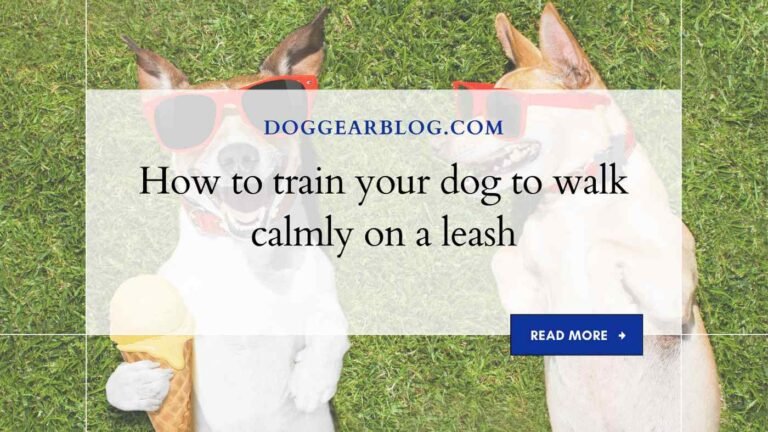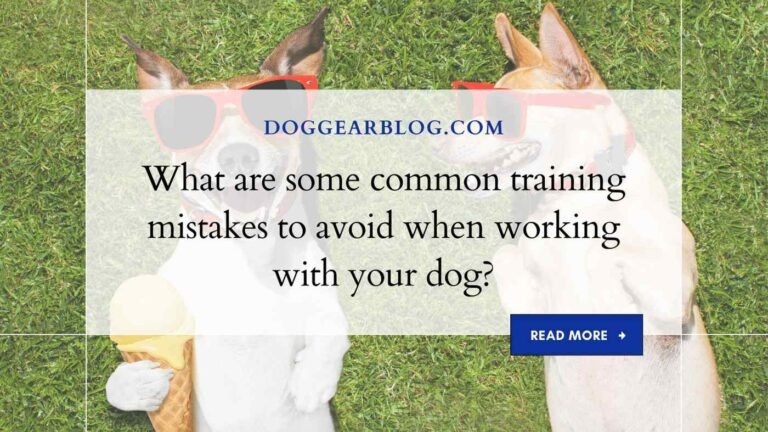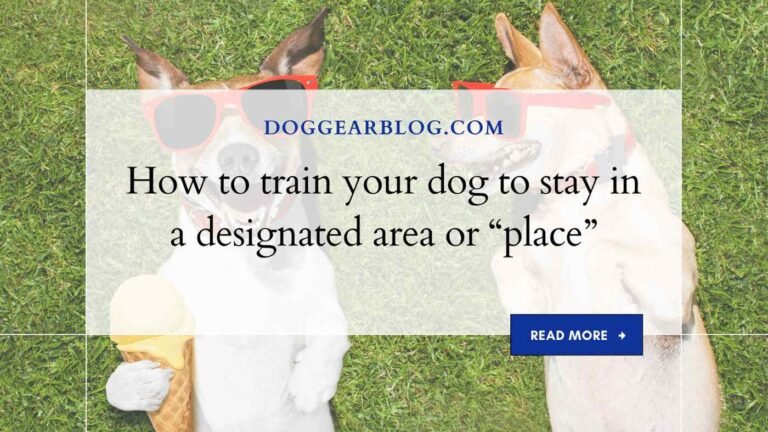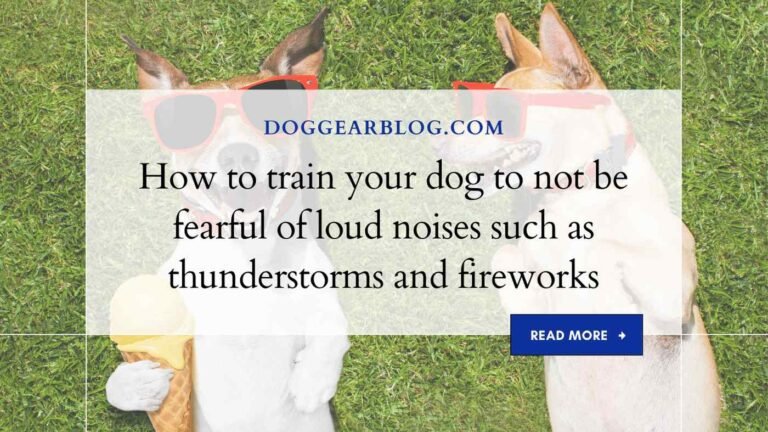How to train your dog to be comfortable with grooming and handling
Welcome to our blog post on how to train your beloved furry friend to be comfortable with grooming and handling! As a pet parent, you want your doggo to not only look good but feel good too. However, grooming and handling can often be stressful for our canine companions who may view it as an invasion of their personal space or even perceive it as a threat.
But fear not! With the right tools and techniques, you can teach your dog that being groomed and handled is nothing to be afraid of – in fact, it can even be enjoyable! So sit back, relax, grab some treats (for both you and your pup!), and let’s get started on this paw-some journey towards a happier, healthier pupper.
Why do we need to train our dog to be comfortable with handling?
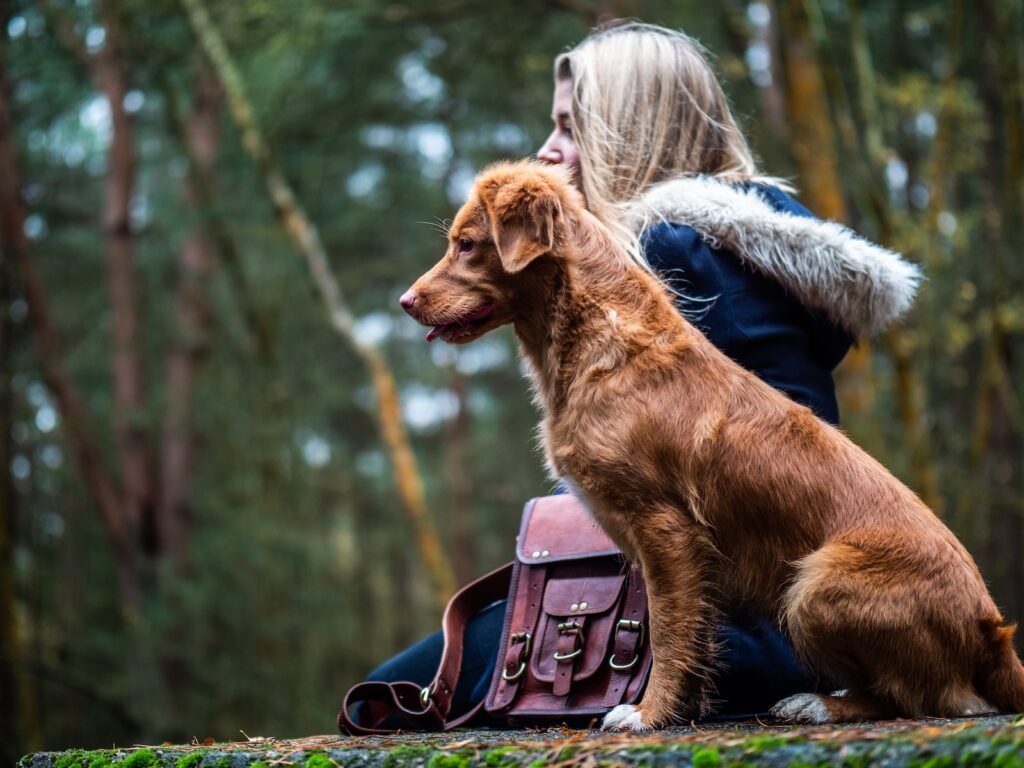
One of the benefits of having a well-adjusted dog is that they are comfortable around people and other animals. By teaching your dog to be comfortable with grooming and handling, you can promote a calm and relaxed relationship with these activities.
There are lots of ways to achieve this, but the most important thing is to start from the beginning. If you start when your dog is young and they learn good manners while they are still healthy and happy, they will be more likely to remember them when they become older and less compliant.
Here are some tips on how to train your dog to be comfortable with grooming and handling:
- Start early – encourage good behaviour from an early age by rewarding positive behaviours with positive reinforcement, such as treats or petting. This will help to establish good habits that will continue into adulthood.
- Be consistent – keep training sessions short and consistent so that your dog understands what is expected of them. Do not change up the routine too much, or confuse your dog – just give them clear instructions about what you want them to do, and let them know when you are finished.
- Use rewards wisely – only give rewards after your dog has completed the task correctly. Repeating a behaviour multiple times will not make it any easier for your dog – in fact, it may actually make them resentful! Try using tasty treats or toys instead, which will have far greater value for them.
- Take things slow – do not expect too much from your dog at once. Start with simple tasks such as sitting, waiting, or turning around – and gradually work your way up.
If you follow these tips, you will be able to train your dog to be more comfortable with handling activities. By doing so, you will create a relationship in which both you and your dog are relaxed and happy.
How to start training your dog to be comfortable with grooming and handling

When it comes to training your dog, start by teaching them what is acceptable behavior. This may mean that you need to start grooming them yourself early on so they are used to the process. Be consistent with you treatment of them and make sure they understand that good behavior earns rewards. Once your dog is comfortable with grooming, handling and being around people, begin training them on specific tasks like sitting or laying down. Never use force to train your dog – be patient and gradually introduce new commands until your dog understands what you want him to do.
Be consistent with all training and rewards, as well as punishments, so your dog will remember the behavior you want him to maintain. Be sure to periodically evaluate your progress and make adjustments as needed. If you have any other questions about training your dog, please contact your veterinarian or a professional animal trainer.
What behaviours should we target when training our dog to be comfortable with grooming and handling?
When training your dog to be comfortable with grooming and handling, start by providing positive reinforcement when they are following your commands. For example, if you tell your dog to sit, give them a treat when they comply. If you want them to lay down, offer them a Reward (treat) when they do so. Repeat the command and reward until your dog is reliably performing the behaviour desired. With grooming behaviour, start by providing appropriate orienting stimuli before beginning the grooming process.
This could be things like putting their bowl down in front of them or making eye contact while rubbing their back. Once your dog is oriented and calm, begin to groom them using positive reinforcement. Continue providing rewards as needed until your dog is eager to have their coat groomed and does not protest when being handled or groomed.
If your dog shows resistance or is fearful of grooming or handling, begin by working with them one-on-one in a safe environment. Use treats and toys as previous indicated to help reduce anxiety levels while gradually increasing exposure time to the grooming/handling process over time. Remain patient while continuing desensitization training; it may take several months for complete comfort around grooming activities.
It is important to keep in mind that some dogs are simply more sensitive around grooming than others. If your dog seems resistant to being groomed, it is always a good idea to consult with a veterinary professional before making any changes to their routine.
How do we perform reinforcement during training?
It’s important to recognize that dogs are creatures of habit and will often repeat what they are comfortable with. Dogs that are repeatedly groomed or handled in a positive way will tend to be more comfortable when it comes time for those activities.
The best way to train your dog is by starting out with positive reinforcement. Rewards such as biscuits, kibble, playtime, or petting can help increase your dog’s comfort level with grooming and handling. Be sure to set limits on how often the rewards can be given and avoid using them as a form of bribery. Using treats as a form of reinforcement should only be introduced after your dog has demonstrated an appetite for them and is not reactive during grooming or handling.
Additionally, flooding your dog with a lot of attention and action can also be reinforcing. This means providing lots of love and attention when your dog is engaging in the activity you are trying to train them on. However, be sure to also provide plenty of appropriate distractions so that your dog does not get too wrapped up in the positive attention.
Are there any tricks or techniques that we can use to make the training process easier?
One of the biggest hurdles to overcome when training your dog for grooming and handling is getting them used to the idea of being handled. One common technique is teaching your dog a “down” command prior to any grooming or handling appointments. By rewarding your dog with a treat following the command, you can help ensure that the experience is something they look forward to. You can also use soft toys or other favorite treats during training to increase the pleasure factor.
If your dog is apprehensive or resistant at first, try gradually introducing your intended handler one by one until everything is comfortably parlayed. Always start with small tasks such as brushing their fur and clipping their nails before moving on to more challenging tasks such as bathing and trimming their hair.
Another helpful technique is to establish routine grooming and handling times. This will help your dog learn what is expected of them and foster a relationship between handler and dog that is both enjoyable and productive.
Conclusion
Grooming your dog can be a challenging task, but with the proper training it can become much less of a hassle. In this article, we have outlined seven tips that will help you to train your dog to be comfortable with grooming and handling. By following these steps, you will ensure that your pup is able to relax while receiving routine care. Good luck!

